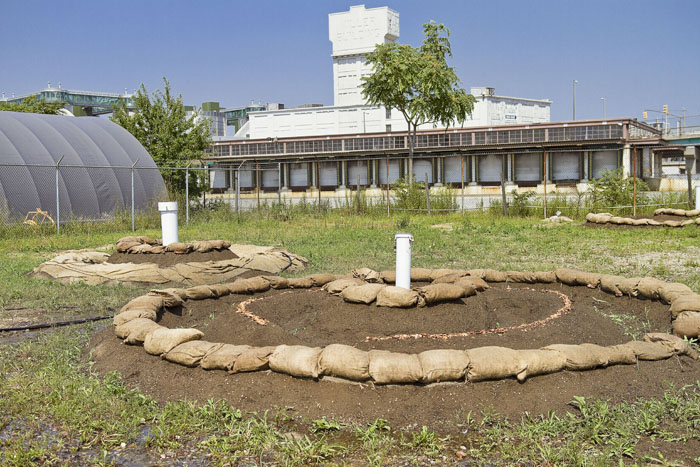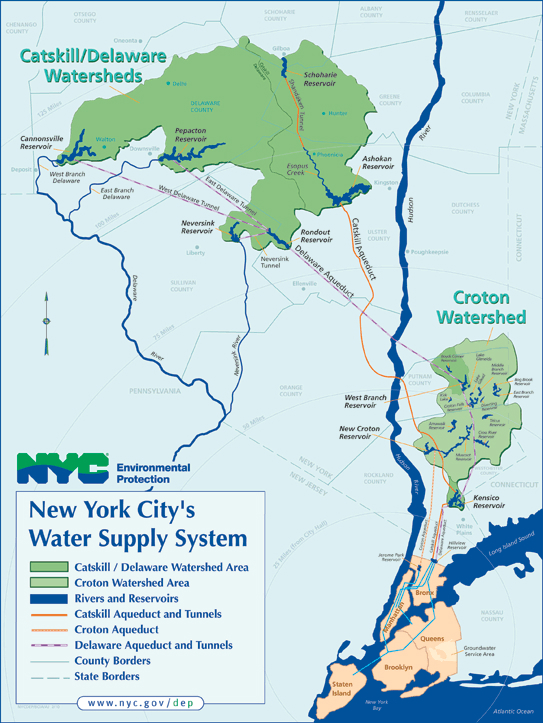Episodes of severe weather in the United States, such as the present abundance of rainfall in California, are brandished as tangible evidence of the future costs of current climate trends. Hsiang et al. collected national data documenting the responses in six economic sectors to short-term weather fluctuations. These data were integrated with probabilistic distributions from a set of global climate models and used to estimate future costs during the remainder of this century across a range of scenarios. In terms of overall effects on gross domestic product, the authors predict negative impacts in the southern United States and positive impacts in some parts of the Pacific Northwest and New England.Climate change increases the unpredictability and between-county inequality of future economic outcomes, effects that may alter the valuation of climate damages beyond their nationally averaged expected costs (45).
Median damages are systematically larger in low-income counties, increasing by 0.93% of county income (95% confidence interval = 0.85 to 1.01%) on average for each reduction in current income decile. In the richest third of counties, the average very likely range (90% credible interval, determined as the average of 5th and 95th percentile values across counties) for damages is −1.2 to 6.8% of county income (negative damages are benefits), whereas for the poorest third of counties, the average range is 2.0 to 19.6% of county income. These differences are more extreme for the richest 5% and poorest 5% of counties, with average intervals for damage of −1.1 to 4.2% and 5.5 to 27.8%, respectively.Our market estimates are for a 1.0 to 3.0% loss of annual national average GDP under RCP8.5 at the end of the century. Previous top-down county-level analysis of productivity estimates that national output would decline 1.2 to 3.1% after 20 years of exposure to RCP8.5 temperatures at the end of the century.






